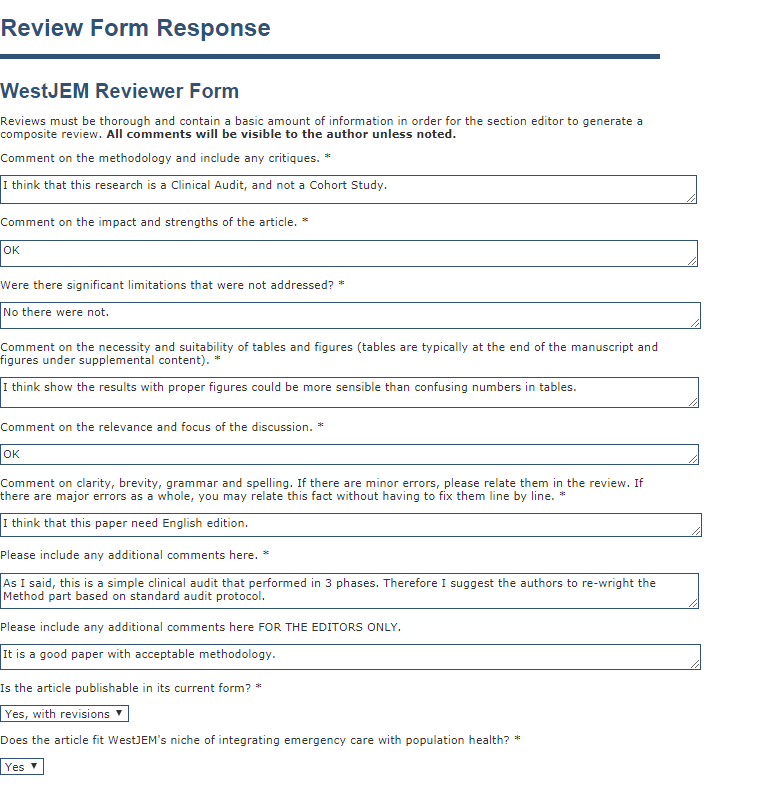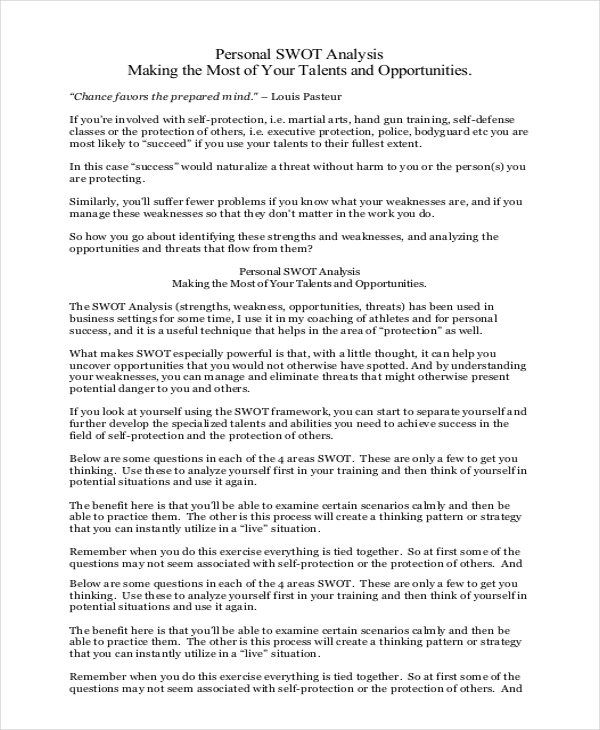The Discussion section of a research paper is a critical part of a paper. The goal of a Discussion section is to critically evaluate your study’s findings, interpret them within the context of published literature, and describe how the study advances the field. The Discussion section should be structured with distinct paragraphs to highlight its key elements. The first paragraph provides a global view and reminds readers of the importance of your study. Paragraphs 2-5 may also include suggestions for future research.
Common mistakes that writers make when writing a discussion section
The discussion section of a research paper should describe the significance of the findings and how those findings connect to the introduction. It is an opportunity for you to connect your findings to the previous research in the field. Avoid using “assumes” as the basis of your discussion section. This is a common mistake made by writers. You should discuss the significance of your findings, not assume that your audience will agree with your conclusion.
The Discussion section of a research paper should not repeat the results of the results section. Instead, the author should explain the significance of the findings and how they are interpreted. Don’t mix reiteration of findings and interpretation. It’s best to separate the two sections, and make sure that both sections are written clearly. If you don’t have the experience to do this, you should avoid it.
Structure of a discussion section
The discussion section of a research paper is an important component for a well-written study. It conveys the results of a study, but also informs readers of the study’s significance and lessons learned. In addition, it provides a context for the research’s results and explains how the findings move the field forward. This section can be organized into distinct paragraphs, each with a clear purpose. The first paragraph should state the importance of the study, provide the context for the results, and present the research question.
The discussion section should not present new findings that aren’t explained in the results section of a research paper. New figures should be introduced in the discussion only if they are complex ideas that are derived from the results. A common pitfall in this area is the introduction of new results. This section is intended to present major findings of the study. Rather, it should highlight new findings that are related to the main conclusion.
Guidelines for writing a discussion section
The Discussion section of a research paper should be a minimum of 200 words. It should be organized in a logical manner. The section should contain additional research that further supports your argument. It should be formatted in APA style or MLA style, depending on the journal. This style is also often required for in-class writing assignments. However, if you do not know how to format your paper in APA style, here are a few guidelines that will help you to write a strong Discussion section.
First, avoid using “I found” statements. It is not appropriate to use “I found” statements or generalized statements to prove a point. Furthermore, it is inappropriate to cite studies that do not discuss the limitations of their findings. The goal is to uncover new information and to draw conclusions. This is the essence of a research paper. After analyzing the data, the writer should write the discussion section in a manner that will engage the audience and make them want to read the rest of the paper.
Including suggestions for future research
One way to improve your research paper is to include a section in it dedicated to future work. This can be a separate section or integrated into the Research Limitations section, depending on the university. Suggestions for future work can be related to unexpected findings, unanswered questions, or the scope of your research. When putting together your paper, consider the limitations that you identified in the research process.
For example, you could discuss the topic of your research in a different cultural or geographical setting. Including future research suggestions can also be a means of expanding your theory and addressing the effects of recent phenomena. Future studies should include justifications for their inclusion. They should be direct, but should also be relevant to the field of study. In addition to presenting the results of your current research, you can also include a brief summary of your research and provide suggestions for future research.



